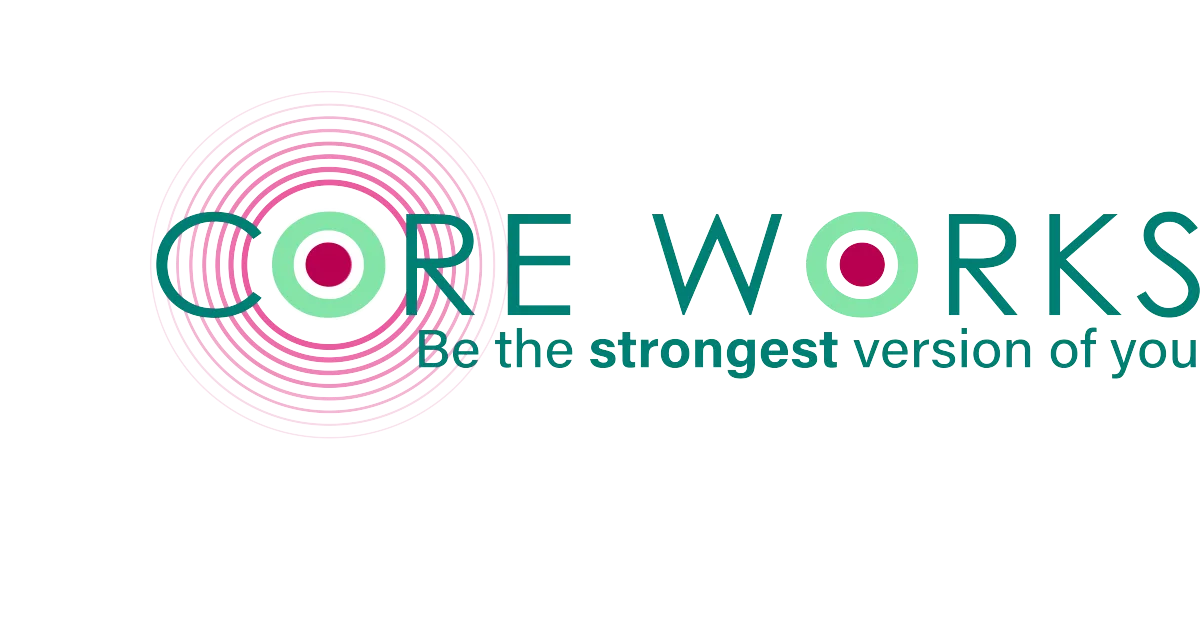
The Art of Pilates Progression
As a Pilates instructor with nearly 20 years of experience, few things are more satisfying than seeing a client progress. In fact, I’ve come to view progression in Pilates as an art. Stay with me!
Progressing clients is challenging. It requires a deep understanding of the repertoire and the unique needs of each individual. Every client comes with different goals—whether it’s recovering from an injury, regaining strength post-pregnancy or surgery, improving athletic performance, or simply beginning their fitness journey. It’s our job as instructors to determine which exercises (out of the hundreds available) will move them forward, step by step.
Let’s be honest—progressing clients isn’t always easy. Many instructors hesitate to advance clients, especially those recovering from injuries, out of fear that a more challenging movement could cause a setback. But progression is essential. The question we should always ask ourselves is: How am I going to help this person reach their goal? What’s important is that no one stays stuck in one place—no plateaus, please! This is one of the beautiful things about Pilates: once a client masters an exercise, there are countless variations and challenges to keep them moving forward.
There are straightforward progression protocols, like rehabilitating an ankle injury, and more complex, individualized progressions, such as working with a client with a history of back pain. It’s important to remember that our role isn’t to “fix” people—it’s to teach them how to move better and build more overall function through strength and flexibility. If they feel better as a result, that’s a wonderful bonus.
Nothing is more rewarding than seeing a client achieve something they couldn’t do when they first started. This is why we teach. Setbacks are normal, but we shouldn’t be afraid to challenge our clients when appropriate. If something is too difficult, we take note and revisit it later. Breaking exercises down into smaller components allows clients to build the necessary strength and control to progress safely and effectively.
The Role of Progressive Overload in Pilates
Progressive overload is the principle of doing more than before—whether that means increasing weight, reps, sets, time under tension, range of motion, or using advanced techniques. The key is gradual progression, allowing the body to adapt and grow stronger.
In fitness, progressive overload is defined by:
Volume: The total number of repetitions multiplied by the resistance used.
Intensity: The percentage of maximal functional capacity (or the percentage of max reps possible).
Frequency: How often a person trains.
Interval Duration: The rest time between sets or exercises.
For example, an athlete who can perform eight reps of an exercise at 50kg can use that as a baseline. Over time, they might aim to lift 52kg for the same reps or increase their reps at the same weight. Through this natural adaptation process, strength and endurance improve, allowing for continued progression.
The same principle applies in Pilates. Without increasing resistance, complexity, or challenge, how will clients get stronger?
By gradually increasing resistance or introducing higher-level exercises, we ensure that clients continue to get stronger and more capable over time
Keep an eye on our Instagram in February for some of our favorite Pilates progressions!

